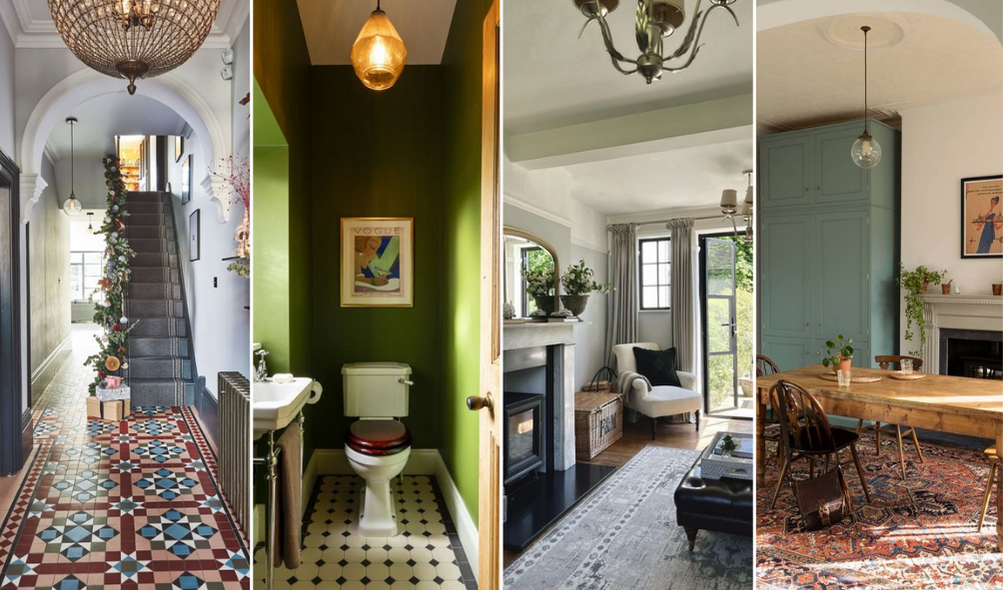
FAQ About Edwardian House Decor

How did Edwardian homeowners use wallpapers in their interiors?
Wallpapers were a popular and integral element of Edwardian interior design. During the Edwardian era (1901-1910), homeowners used wallpapers to add color, pattern, and texture to their interiors. The style of wallpapers during this period reflected a departure from the heavy, ornate patterns of the Victorian era, with a shift towards lighter, more elegant designs influenced by the Arts and Crafts movement.
- Color Palette: Edwardian wallpapers featured a softer and lighter color palette compared to the bold and dark hues of the Victorian era. Pastel shades such as soft blues, greens, pinks, and creams were popular choices. Light colors contributed to the overall bright and airy feel of Edwardian interiors.
- Floral Motifs: Floral patterns remained prevalent in Edwardian wallpapers, reflecting the influence of nature and the Arts and Crafts movement. Delicate and stylized floral motifs, such as roses, lilies, and daisies, adorned many wallpapers.
- Geometric Patterns: Edwardian wallpapers often embraced geometric patterns, inspired by the Arts and Crafts aesthetic. Simple and elegant designs featuring squares, rectangles, and diamonds added a modern touch to interiors.
- Stripes and Damasks: Vertical stripes and damask patterns were commonly used, especially in more formal spaces like dining rooms and parlors. These patterns added a sense of sophistication and were often combined with other decorative elements.
- Flocked Wallpapers: Flocked wallpapers, which featured a raised velvet-like texture, were popular in Edwardian interiors. These wallpapers added a luxurious tactile element to walls and were often used in more formal areas.
- Lincrusta and Anaglypta: Textured wallpapers like Lincrusta and Anaglypta, made of embossed materials, were used to create depth and interest on walls. These wallpapers often mimicked the appearance of carved wood or plaster.
